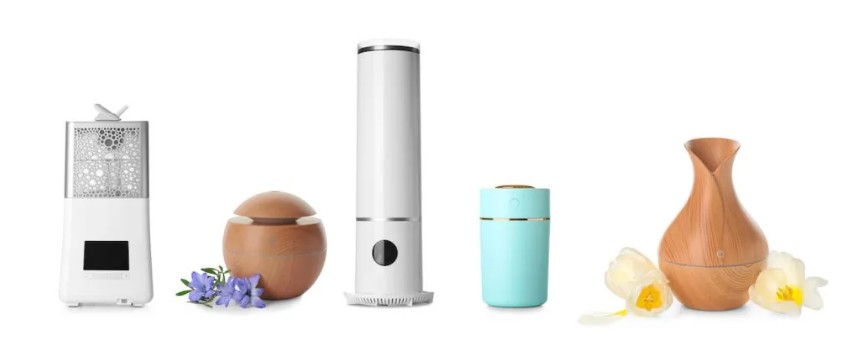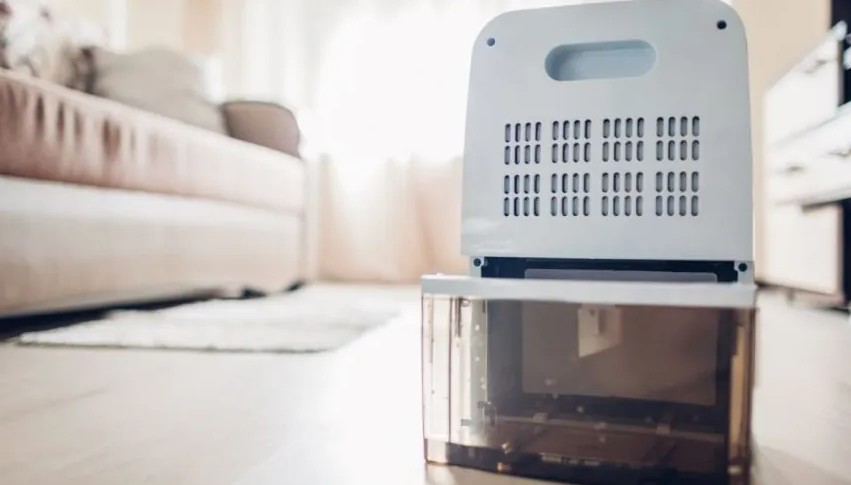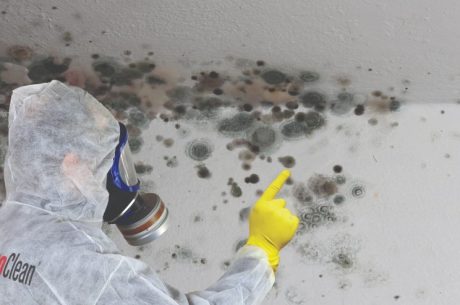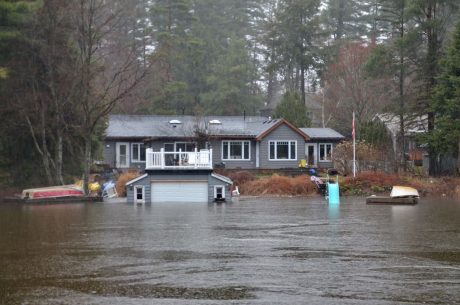Managing indoor humidity is essential to protect your home from mold growth, water damage, and poor air quality. One of the most effective tools for maintaining a healthy environment is a dehumidifier. Whether you’re dealing with a flooded basement, water heater leak, or high humidity after emergency water extraction, a properly used dehumidifier plays a critical role in water damage remediation and mold prevention.
At PuroClean of Pompano Beach, we help homeowners and property managers take proactive steps to improve indoor air quality and reduce long-term water and mold risks. Here’s everything you need to know about selecting and using a dehumidifier—plus tips for maximizing its effectiveness.

By using a dehumidifier, you can help reduce humidity levels in your home.
📞 Need immediate water damage help? Call PuroClean of Pompano Beach at 954-546-9090 – we’re available 24/7 for flood cleanup, mold remediation, and emergency response.
Why a Dehumidifier Is Essential in South Florida Homes
Living in a humid climate like South Florida means homes are constantly at risk of excessive moisture buildup. This environment promotes the growth of mold, mildew, and dust mites, which can worsen allergies, damage your property, and cause respiratory issues.
Dehumidifiers are a key line of defense against:
- Mold growth on walls, ceilings, and personal belongings
- Damp odors and mold odor removal needs
- Condensation on windows and cold surfaces
- Long-term structural damage from persistent moisture
- Water damage recovery following flooding or roof leaks
Though a dehumidifier doesn’t kill mold, it significantly reduces humidity, making it harder for mold spores to grow and spread. It’s a powerful partner in mold prevention, especially when paired with mold assessment, mold remediation services, or mold removal specialists when needed.
How Do Dehumidifiers Work?
Dehumidifiers draw in moist air, cool it internally, and collect the resulting water droplets into a tank or drainage hose. They usually feature a humidity gauge so you can monitor and control indoor levels.
You’ll typically want to maintain relative humidity between 30% and 50% to prevent mold and water damage. This is especially important in areas prone to:
- Sump pump water removal needs
- Sewage cleanup issues
- Emergency flood conditions
- Hidden leaks requiring professional leak detection service
Types of Dehumidifiers
1. Compressor Dehumidifiers
These units work like an air conditioner, using coils to condense and collect moisture. They’re highly effective in warm climates but less efficient in colder areas. Compressor models are ideal for larger rooms or after-home water damage restoration services.
2. Desiccant Dehumidifiers
These use moisture-absorbing materials to pull water from the air—ideal for cooler spaces and energy-conscious homeowners. They’re quieter and more versatile but generally cost more.
Choosing the Right Dehumidifier
When selecting a dehumidifier, consider:
- Room Size: Larger areas may require commercial or industrial-grade units, especially after water damage cleanup or water extraction from flooded basements.
- Noise Level: Quieter units are best for bedrooms or offices.
- Drainage: Look for a continuous drainage option if you’re using the unit for ongoing water mitigation.
- Portability: Lightweight models are useful for small spaces or frequent repositioning, such as after leak detection or mold inspection.

Using a dehumidifier is simple and can help you maintain a healthy environment in your home.
Tips to Maximize Dehumidifier Efficiency
- Proper Placement: Keep the unit in a central, well-ventilated area away from direct sunlight.
- Empty the Tank Regularly: Prevent overflow and energy waste.
- Clean the Filter: Dust buildup reduces efficiency.
- Set Humidity Levels Between 30–50%: Ideal for mold cleanup and comfort.
- Monitor Closets, Bathrooms, and Crawlspaces: These are mold hotspots in homes with water leaks or poor ventilation.

During the summer months when humidity levels are high a Dehumidifier is an excellent tool.
How to Clean and Maintain a Dehumidifier
To ensure effective long-term performance—especially after water damage restoration or during mold remediation—routine maintenance is a must.
Cleaning Checklist:
- Unplug the unit.
- Empty and rinse the water tank with vinegar.
- Clean the filter with a vacuum or soft brush.
- Wipe the coils with a vinegar-water solution.
- Run on high for 30 minutes to flush moisture buildup.
When to Call the Pros
If your dehumidifier can’t keep up, it may be time to call in a professional water remediation company like PuroClean of Pompano Beach. Whether you’re dealing with sump pump extraction, roof leaks, or need mold cleaning services, our certified technicians are equipped for:
- Home water damage restoration
- Water drying and mitigation
- Mold remediation in Pompano Beach and surrounding areas
- Emergency water extraction and flood help
- Mold odor removal and cleanup
Contact Us Today for Water or Mold Emergencies
Don’t wait for mold to take hold or water damage to worsen. At PuroClean of Pompano Beach, we offer 24/7 emergency response for flooding, leak detection, water damage recovery, and mold removal near you.
📍 Call us now at 954-546-9090
✅ Fast, compassionate service
✅ Licensed, certified technicians
✅ Expert flood restoration and mold removal company




 PuroClean of Pompano Beach
PuroClean of Pompano Beach